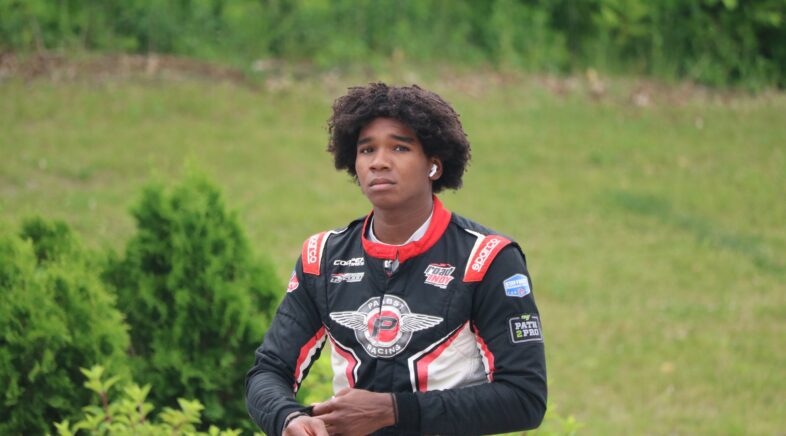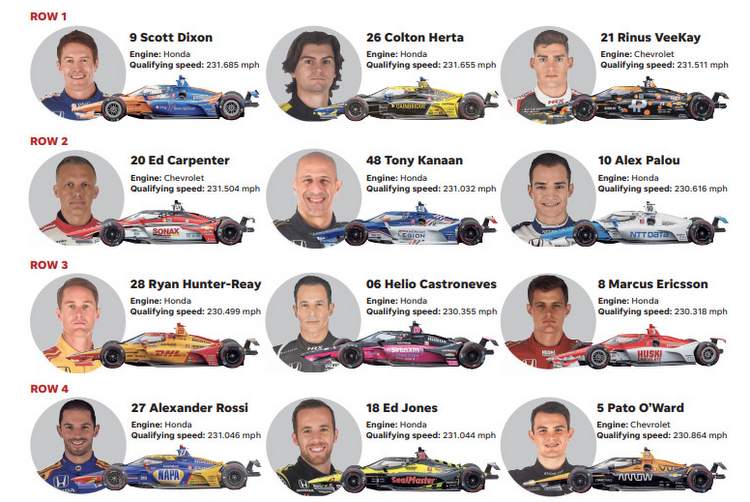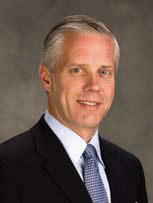
Fast Lanes & Culture Shifts: Myles Rowe and the Black Legacy of Racing in Indy
Written by Tiffany Burrus (@plantrivesucceed)

The Sound of Home
Growing up, my father’s family were west-side and Haughville natives. Hearing the zoom of race cars echo across the neighborhood wasn’t just background noise. It was comfort money could never buy. Those penetrating vibrations told me I was home.
Even after living in three different states, I could always count on one thing: coming back to Indy and hearing the engine’s rumble take me straight back to dry-rub ribs and hickory smoked tips. During 500 Weekend, if my daddy wasn’t catering for a wealthy Community North surgeon, he was down at the track selling ribs to race fans and fueling the weekend with flavor.
Back then, I never questioned why we weren’t at the track watching the race; we were nearby, always around it, but never quite in it.
Fast forward to now, and the energy in Indy is shifting. The city wants to see more cultural representation in the stands, on the track, and in the conversations that surround racing. So this year, I tapped in.
I wanted to know, who’s making room for us in this world we’ve always loved from the outside?

Let’s talk Myles Rowe. But first… a little history.
The truth is, Black folks have always had a relationship with racing. That love hasn’t always been visible, but it’s rooted deeply in our culture. We’ve grilled outside the gates, ran businesses in the infields, and listened to the engines from porches blocks away. But long before the culture started talking about inclusion in motorsports, we were already here. Building cars, running laps, and racing under our own banners when no one would let us in.
The history of Black racing didn’t start with sponsorships or headlines. It started with resistance. And with joy. And with community.
Black Roots in Racing
While mainstream narratives have often overlooked it, Black Americans have a rich history in motorsports. In the 1940s, the Negro Stock Car Racing Association was established, providing a platform for Black drivers barred from white-run races. These pioneers brought innovation, style, and fierce competition, laying a foundation that’s only recently begun to receive its due recognition.
Present Day: Indy’s Culture Catching Up
Today, the landscape is shifting. The barriers that once kept Black enthusiasts at the periphery of motorsports are slowly eroding. Representation is growing, and with it, a renewed interest and participation from communities that have long been passionate about cars but under-represented on the track.
Spotlight: Myles Rowe and What He Represents
Enter Myles Rowe. A trailblazer redefining what it means to be a racer in Indy. In 2021, Rowe became the first Black driver to win an INDYCAR-sanctioned race. He continued to make history by clinching the 2023 USF Pro 2000 Championship, becoming the first African-American to win a North American open-wheel championship.
Rowe’s presence isn’t just about personal accolades; it’s symbolic. He embodies the convergence of Black culture and motorsports, inspiring a new generation to see themselves in spaces they were previously excluded from.
What This Means for Indy
Rowe’s success at the Indianapolis Motor Speedway, including podium finishes during the Grand Prix weekend, underscores a significant cultural shift. His achievements resonate beyond the track, signaling to Black and Brown communities that there’s a place for them in every facet of racing. From the stands to the driver’s seat. Which is exactly what Bud Denker, President of Penske Corporation wants. He asked his self when he took over:
“Are we inclusive enough? Is this place open enough to every form of diversity that we have? Male? Female? All forms of ethnicity? No matter what it is? And we need to do a better job there.”
Bud Denker 2025

Let’s Keep Showing Up
The journey doesn’t end with Rowe. It’s a call to action for all of us to engage more deeply with motorsports. Attend races, support Black drivers, and advocate for inclusivity within the sport. By doing so, we ensure that the track reflects the diversity and richness of the communities that surround it.
Black culture doesn’t just adapt to environments. It transforms them. With figures like Myles Rowe leading the charge, racing in Indy is poised for a future that’s as inclusive as it is exhilarating.

 ️ (@ledeana)
️ (@ledeana)
